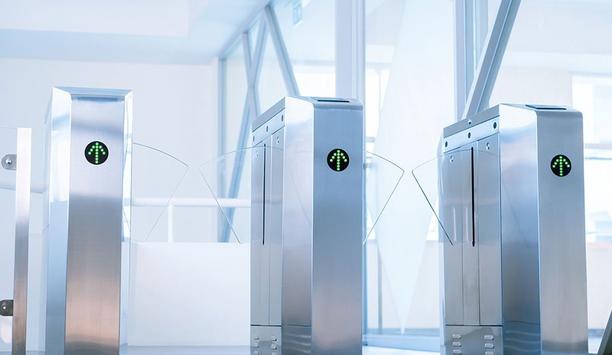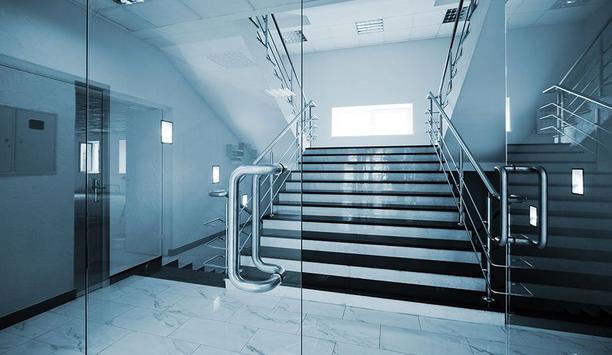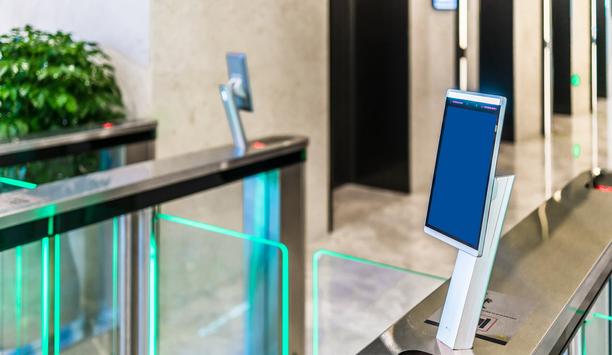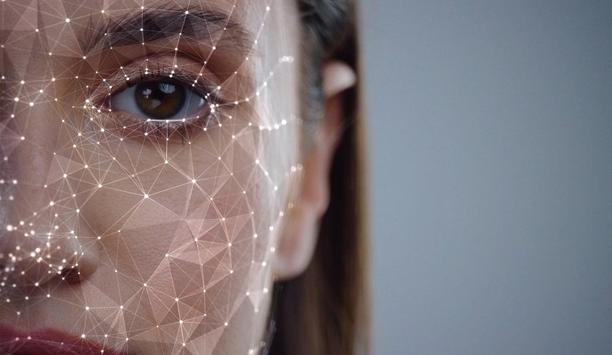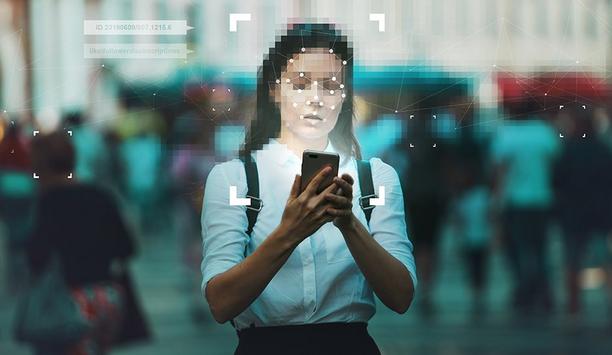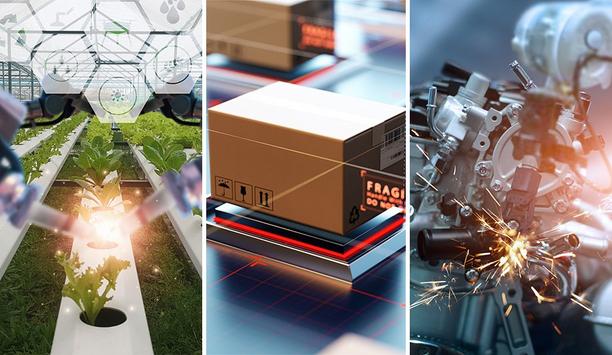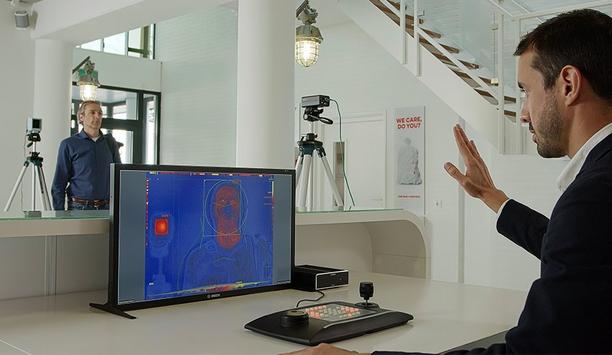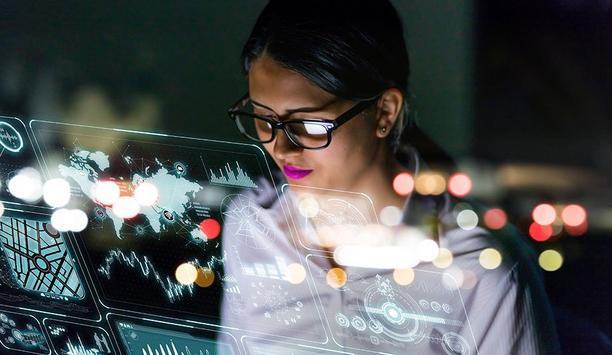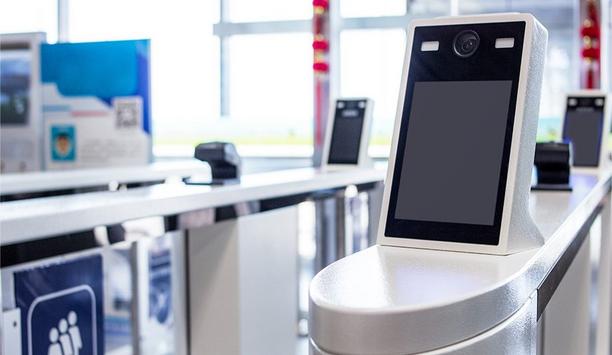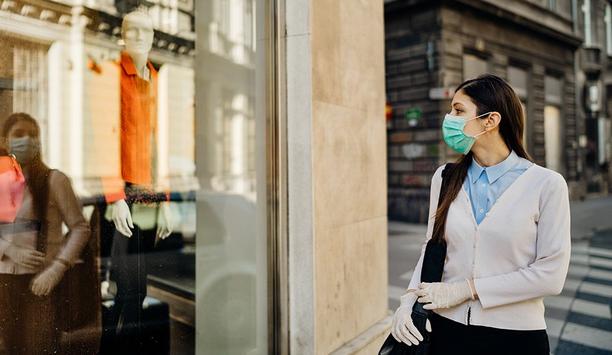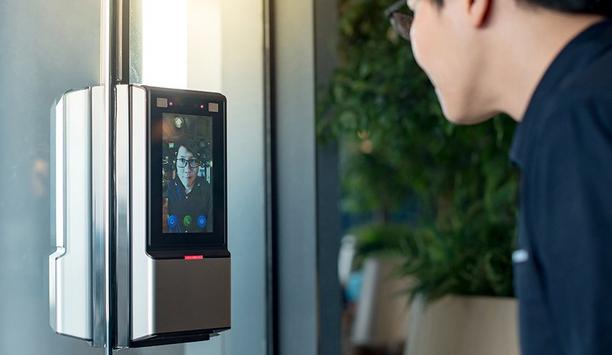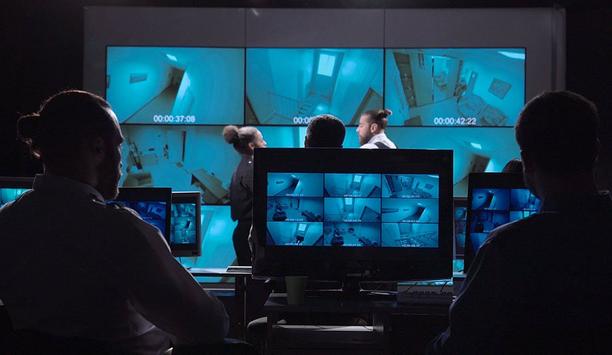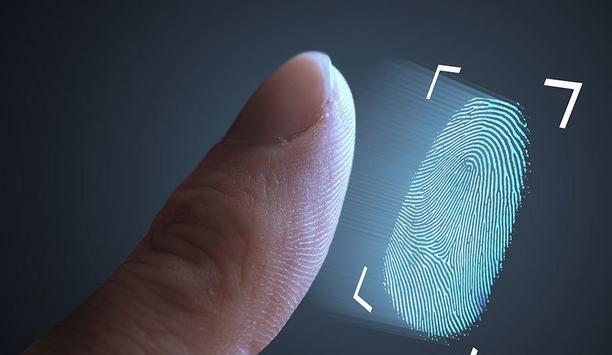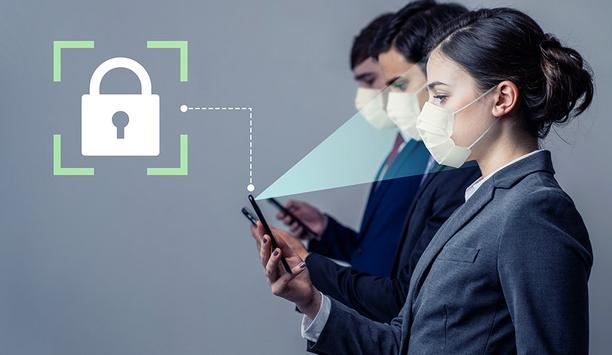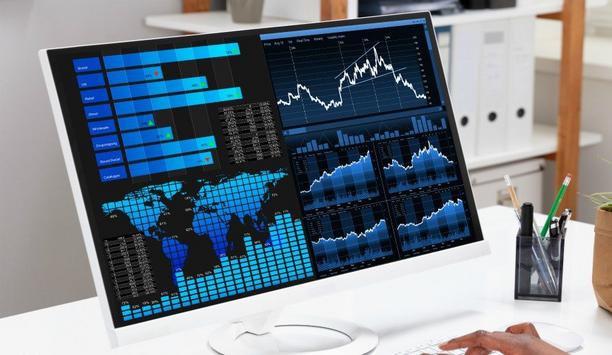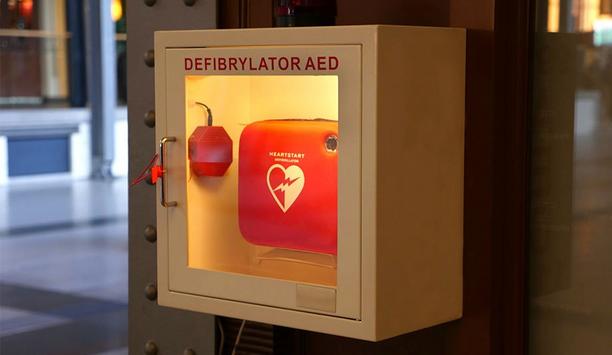Biometric Security - Expert commentary
Ask anyone how they are, and you will probably get the default response: “Fine.” Ask again and you will get a more truthful response. This could be anything from how things are going well, through grumbling around sports results, or more serious statements about pressure and mental health. Getting that real response is essential if you are going to make a difference in the future. For those of us involved in security and access management, pressure is almost a default state. Managin...
Perimeter security is by no means a new concept. A phrase used to describe solutions with the primary purpose of limiting access to any area that is prohibited to the public at large, perimeter security has been prevalent for millennia. From Hadrian’s Wall that was built by the Roman Empire in Britain back in AD 122 to the Great Wall of China that winds almost 22,000 kilometers through the Asian country’s eastern regions, it is a concept that remains a fundamental part of global soci...
It is a truism that in the physical security industry your workforce and your reputation are the business’s largest and most important assets. Managing your workforce with empathy to ensure happy, engaged employees can be a balancing act. However, providing flexible working practices that are still profitable for your business is achievable, and something that every security business should be aiming for. SmartTask CEO, Paul Ridden discusses the hidden benefits of an engaged workforce an...
Steven Kenny, Axis Communications, looks at the benefits of physical access control systems within smart environments, and how knowledge gaps and dated methods can inhibit adoption. Physical security is becoming more dynamic and more interconnected, as it evolves. Today’s modern access control solutions are about so much more than simply opening doors, with digitalisation bringing multiple business benefits, which would simply not be possible using traditional models. Digital transformat...
Whenever you say the word “security” in today’s world of digitalisation and technology, minds immediately jump to online security. Encryption, passwords, and website security are all common areas of concern for today’s security teams – so much so that we often pass over physical security installations entirely. But we shouldn’t, because contrary to popular belief, security doors aren’t just for banks and safes. High-security doors are deployed and used...
With the continued rolling back of COVID restrictions in the UK, there is a palpable sense of relief. A mixture of mass vaccinations, widespread testing, and track and tracing of the infection is helping to enable a healthy bounce back for businesses – with secure access control taking an important role in facilitating this. However, rather than just being a reaction to the wake of the pandemic, there is every sign that the economy, and consequently the security sector as well, are both r...
The global biometrics market has been recently developing rapidly, and this trend will continue shortly. If in 2018 its volume was estimated at $23.4 billion, according to the forecast of the analytical company BCC Research, the market size may increase to $71.6 billion with an average annual growth rate of 23.2 % by 2024. Fingerprint scanning, facial recognition, iris, vein, and voice technologies are expected to be implemented at the fastest pace. The analysis is based on the revenue indicato...
Display solutions play a key role in SOCs in providing the screens needed for individuals and teams to visualise and share the multiple data sources needed in an SOC today. Security Operation Centre (SOC) Every SOC has multiple sources and inputs, both physical and virtual, all of which provide numerous data points to operators, in order to provide the highest levels of physical and cyber security, including surveillance camera feeds, access control and alarm systems for physical security, as...
The SolarWinds cyberattack of 2020 was cited by security experts as “one of the potentially largest penetrations of Western governments” since the Cold War. This attack put cybersecurity front and centre on people’s minds again. Hacking communication protocol The attack targeted the US government and reportedly compromised the treasury and commerce departments and Homeland Security. What’s interesting about the SolarWinds attack is that it was caused by the exploitation...
Over the past year, companies have had to deal with the COVID-19 pandemic and how it has affected their operations. From new digital services through to security, the response to more hybrid and remote working showed some of the assumptions that we have made over the years, and it required companies to innovate and fill those gaps. Physical and IT security was no exception to this. In the rush to support home working, many IT security teams realised how much they rely on physical security to he...
The transition to remote working has been a revelation for many traditional office staff, yet concerns over data security risks are rising. Mark Harper of HSM explains why businesses and their remote workers must remain vigilant when it comes to physical document security in homes. Pre-pandemic, home offices were often that neglected room in people’s homes. But now things are different. After the initial lockdown in 2020, 46.6% of UK workers did some work at home with 86% of those doing s...
Organisations faced a number of unforeseen challenges in nearly every business sector throughout 2020 – and continuing into 2021. Until now, businesses have been on the defensive, reacting to the shifting workforce and economic conditions, however, COVID-19 proved to be a catalyst for some to accelerate their long-term technology and digitalisation plans. This is now giving decision-makers the chance to take a proactive approach to mitigate current and post-pandemic risks. These long-term...
Q: Mr. Seiter, Mr. Ekerot, you both joined Bosch Building Technologies’ business unit Video Systems & Solutions as Senior Vice Presidents in March 2020, when the Coronavirus pandemic was just beginning. How did your business unit get through 2020? Magnus Ekerot: The crisis was also felt at Bosch. At the same time, demand has risen for solutions that keep businesses open and protect people's health. We offer corresponding video solutions that can make a significant contribution to con...
With pupils in the UK set to go back to school on 8 March, there are a number of safety measures schools need to implement to ensure the health and wellness of the staff, students, and school communities. The first lockdown and closure of schools brought on by the coronavirus pandemic fired a “warning shot” for education facilities managers, forcing head-teachers to re-examine school safety standards. Now that a third lockdown is here and schools have been shut down for a sec...
We encounter AI with increasing frequency, both online and in the media. AI has penetrated deep into various aspects of our lives, from TV sets that improve picture quality using AI, or air conditioners with automatic temperature and humidity control, to investment management services that predict return rates. AI technology first appeared in the 1950s and was briefly revived in the 1980s before falling off the radar. In the late 2000s, AI re-emerged and went on to become a key technology and d...
The sound of sirens in the distance is commonplace, nowadays. Whether related to a medical emergency or everyday crimes, such as theft, property crimes, and so on, we’re all accustomed to hearing these sirens by now. It is worth noting that many incidents that police respond to take place at night. According to a recent report by the Sleep Judge, more than half of murders, manslaughter, sexual assaults, robberies, aggravated assaults and motor vehicle thefts happen long after the sun has...
While the application of facial recognition within both public and private spheres continues to draw criticism from those who see it as a threat to civil rights, this technology has become extremely commonplace in the lives of iPhone users. It is so prevalent, in fact, that by 2024 it is predicted that 90% of smartphones will use biometric facial recognition hardware. CCTV surveillance cameras Similarly, CCTV is a well-established security measure that many of us are familiar with, wheth...
Like most industries, the fields of security, access and safety have been transformed by technology, with AI-driven automation presenting a clear opportunity for players seeking growth and leadership when it comes to innovation. In this respect, these markets know exactly what they want. They require solutions that accurately (without false or negative positives) classify and track people and/or vehicles as well as the precise location and interactions between those objects. They want to have a...
Urban populations are expanding rapidly around the globe, with an expected growth of 1.56 billion by 2040. As the number of people living and working in cities continues to grow, the ability to keep everyone safe is an increasing challenge. However, technology companies are developing products and solutions with these futuristic cities in mind, as the reality is closer than you may think. Solutions that can help to watch over public places and share data insights with city workers and officials...
Several major players vigorously employ biometric recognition technologies around the globe. Governments use biometrics to control immigration, security, and create national databases of biometric profiles. Being one of the most striking examples, the Indian Aadhaar includes face photos, iris, and fingerprints of about 1.2 billion people. Financial institutions, on their part, make use of biometrics to protect transactions by confirming a client's identity, as well as develop and provide servi...
This year has brought about changes in virtually every sector. As with other frontline industries, the security sector has been tested more than those able to move entirely to remote working. While the promise of a vaccine means an end is in sight, the post-COVID era will not bring with it a return to the ‘normal’ we knew before the pandemic. Organisations have adapted, becoming more resilient and agile and this will have lasting effects. The coming months will continue to be testi...
In a world forever changed by the coronavirus pandemic, companies worldwide are now expanding their concept of physical security to best safeguard their facilities and employees. Few incidents have had as much of an impact on businesses globally as the COVID-19 pandemic; much of the world is still struggling to contain COVID-19, navigating the lasting effects and exploring what the “new normal” looks like. While some organisations are still engaged primarily in “anywhere oper...
For decades, the nature of global safety has been evolving. From physical security threats like large-scale terrorist attacks and lone actor stabbings to chemical threats such as the Salisbury poisonings and even microbiological threats such as COVID-19, new challenges are constantly arising and the threat landscape we operate in today is constantly changing. Compounding the complexity of the security issues is the complexity and nature of attacks. With the economic downturn, there is the tradi...
As the multi-billion-dollar market for artificial-intelligence-based video analytics continues to grow, so does the number of video analytics solution providers. In Q3 of 2018, Stockholm-based consulting company Memoori identified 128 active companies in the supply chain for AI video analytics [i]. This list is far from exhaustive, considering how analytics has been gaining interest and becoming mainstream in 2020, with users expecting more accurate alerts based on object detection instead of m...
Recently contacted by your credit card company because of a data breach or were you a victim of identity theft? Many of us have either been affected by identity theft or know someone who has been affected. Many consumers are seeking a secure environment that is also user-friendly. Businesses are seeking the same, with absolute certainty, that only valid users can access critical data. How can your company tackle these security and usability requirements while ensuring customer satisfaction...
Fingerprint identification had once been the most widespread biometric technology around the world. However, many argue that this technology has quite a lot of shortcomings. For instance, even expensive fingerprint reading scanners have a hard time identifying dirty or wet fingers, plus, some people's fingerprints are unreadable. Furthermore, being vulnerable to the temperature and precipitation, such scanners consequently cannot be used outdoors. Plus, fingerprint reading scanners do not meet...
One of the biggest trends in security and technology today is centered around solutions that take advantage of the wealth of connected security systems and devices powering the organisations all over the world. As the number of cloud-powered systems and sensors have massively grown in recent years, security leaders in the private and public sectors have started to look at ways to leverage the data from these devices to better the lives of employees, customers, and residents. But while the drea...
In recent years, multinational corporations such as Cathay Pacific, Facebook, Uber and numerous others have been heavily fined due to security and data protection violations. This period has seen data protection laws increase as more and more information is gathered and shared online. As such, it becomes crucial to account for security capabilities when choosing an embedded device that touches potentially sensitive data. RFID readers very much belong to the ecosystem wherein personal or user i...
Security experts have discussed the demise of the passwords for years. As early as 2004, Bill Gates told the RSA Security Conference that passwords “just don’t meet the challenge for anything you really want to secure.” Change has been slow, but the sudden increase in remote working and the need for enterprises to become touchless as they try to encourage teams back to the office is increasing traction. Here we look at the future of passwordless authentication - using the examp...
A defibrillator can save the life of a person suffering from cardiac arrest – but it is most effective when used in the first few minutes of the patient collapsing. Studies have shown that a shock given within the first three minutes provides the best chance of survival and even one minute of further delay can substantially lower the chances of recovering. Public Access Defibrillators (PADs) were created to allow untrained members of the public to deliver life-saving treatment in those pr...
The ultimate guide to mastering key control
DownloadUsing artificial intelligence (AI) to automate physical security systems
DownloadA modern guide to data loss prevention
Download7 proven solutions for law enforcement key control and asset management
DownloadThe truth behind 9 mobile access myths
Download


